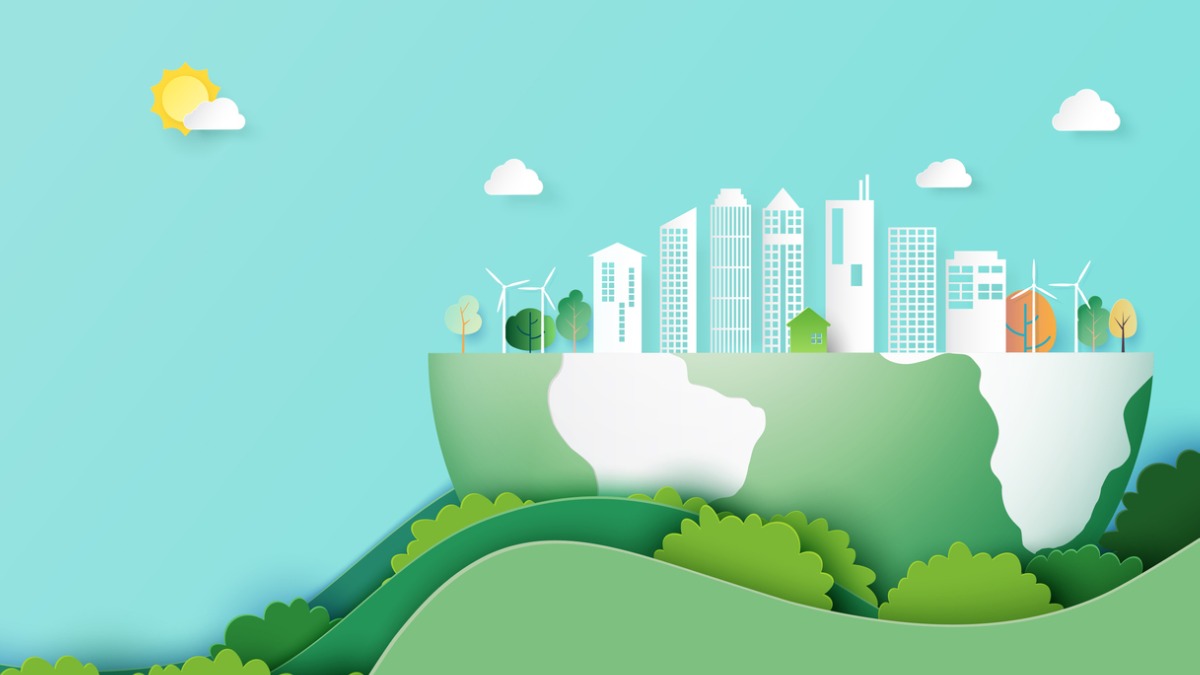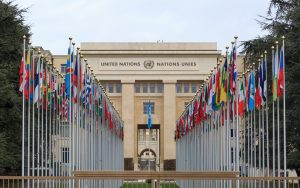Open source principles, technology and committed individuals are working to deliver the SDGs
In the wake of the EU’s Green Deal and the current US administration’s decision to rejoin the Paris Agreement, companies and individuals are showing a stronger commitment to sustainability. From business to the academic field, it is widely accepted that addressing sustainability issues such as reducing emissions, tackling unfair working conditions in supply chains and decreasing resource consumption is one of modern society’s most pressing issues.
There is still a long way to go as empty rhetoric is still a feature across many industrialised countries. However, there is a silver lining – a light at the end of the tunnel – and it’s coming from the green tech scene. In the green economy, growth is about fostering economic development, while ensuring that natural assets continue to provide the resources and environmental services on which our well-being relies.
There are a variety of characteristics attributed to green growth, including more effective use of natural resources in economic growth, valuing ecosystems, intergenerational economic policies, increased use of renewable sources of energy, protection of vital assets from climate-related disasters and reduced waste of resources.
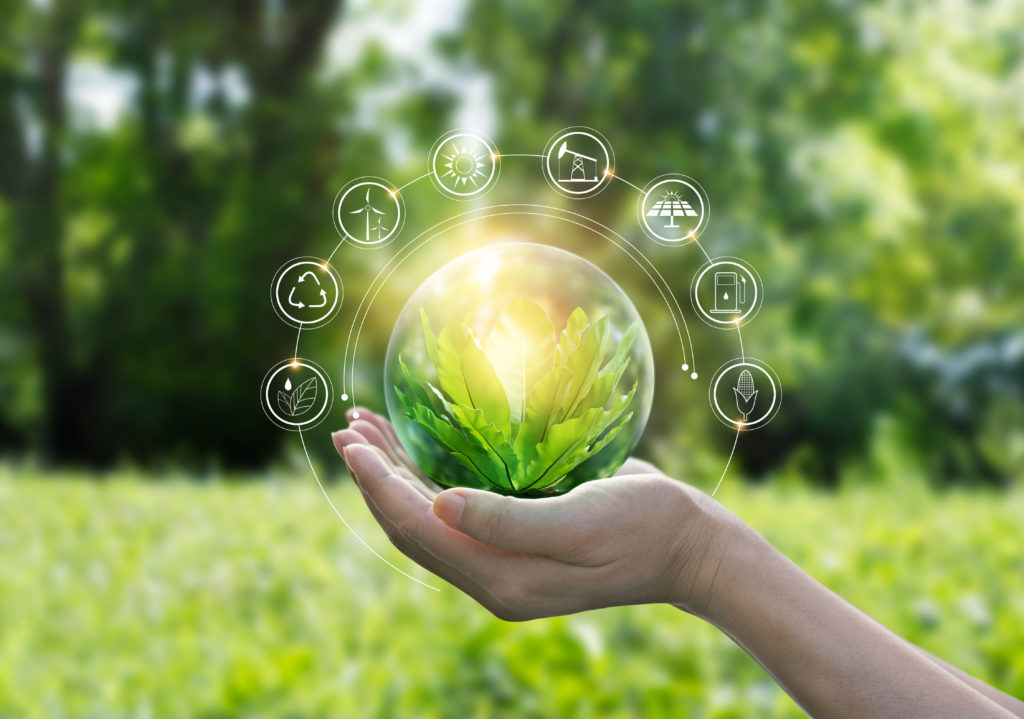
Green economy, green growth, green technologies and green cities
Cities are facilitating the transition to a green economy as they are not only home to the majority of the world’s population and drivers of the global economy, but they are also centres of knowledge and innovation. They provide numerous opportunities for the public and private sectors to design strategies and technologies that improve urban transport and the built environment, while also managing urban energy, water and waste systems in ways that reduce resource usage, create green jobs, enhance social equity and quality of life and restore the natural environment.
Technological change is a crucial aspect for fostering green growth that can involve both the creation of new green technologies and more widespread deployment of existing green technologies. On that note, open source software promotes collaboration to solve climate change and resource scarcity challenges. For example, open standards allow for the integration and controlling of a variety of energy and industrial products, enhancing energy efficiency and reducing emissions.
Without these standards, new code would have to be written each time a component needs to talk with another one. Also, open source software provides a foundation that anyone can build on top of, providing a platform for SMEs, large companies and entrepreneurs to integrate their green technology products.
At the city level, green technologies can help urban centres meet their green economy and green growth objectives. Below you will find some examples of how the FIWARE Community is helping deliver such goals, with top-notch innovative solutions, following an open source approach that avoids vendor-lock scenarios.
Digitalisation for valuable and sustainable ecosystems
By Maria Vittoria Fiorelli, Sustainability Communications Specialist at WiseTown
Cities play a central role in development and innovation dynamics, generating about 80% of global GDP, but not all of them can grab the innovative stimulus or welcome an ever-growing citizenship in a timely manner. A change of course towards the construction of resilient ecosystems is indispensable, along with the ability to reformulate systemic functions by networking, taking into account the needs of citizens.
Cities are living organisms with data flowing all around them, nonstop. That’s not to say that the relationship between cities and data has always been an amicable one. Whereas many tech companies, cities, academics and urban developers believe that data is the answer to a lot of urban problems, the citizens are too often left out of the equation.
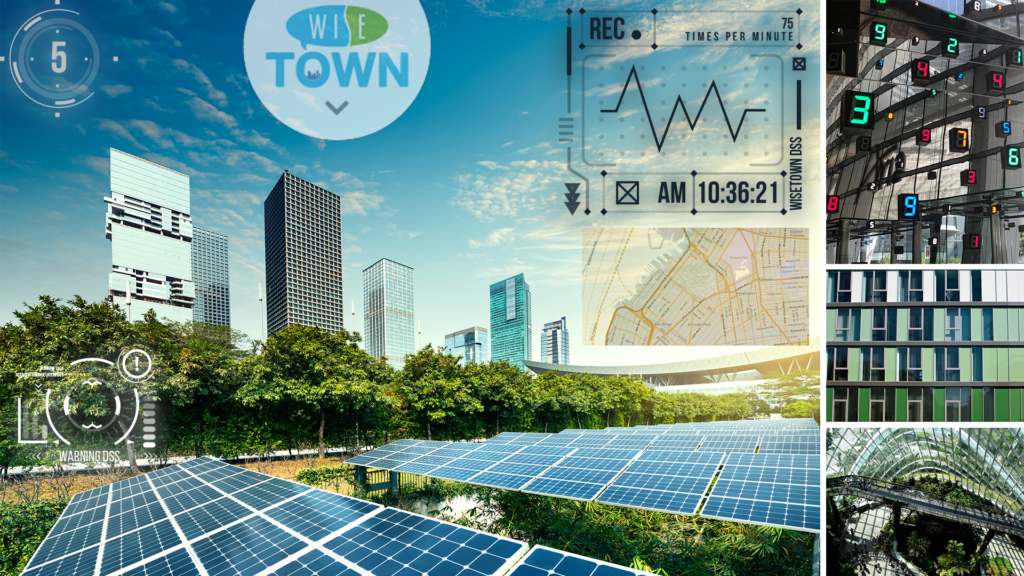
Citizens at the epicentre of smart city innovation
It is, therefore, necessary to create the conditions for which citizens and local shareholders can receive and process all the available data, to successfully achieve the digitisation of local services that will then be made available to the community in an efficient and transparent manner. Aiming to lend a helping hand on this front, WiseTown, a FIWARE Foundation Gold member based in Italy, places the citizens and the ecosystem in which they live at the centre of its solutions, in search of a balance between human well-being, urban development and the environment.
The idea is to create services that allow us to establish the pillars for sustainability in its widest sense, which goes beyond the preservation of nature, essential for the survival of humanity. The transition must lead to new cities fully supported by co-planning and co-programming, which are described by the UN’s Sustainable Development Goal (SDG) 11: “Make cities and human settlements inclusive, safe, resilient and sustainable.” In achieving the global goals, the dashboards offered by WiseTown are useful tools to monitor the levels of SDGs in our cities and support the planning of an urban roadmap to sustainability.
What we have seen first-hand via all the different projects that WiseTown is currently involved in – based on the FIWARE open source approach – is that the cost of digitisation is minimal when compared to the benefits. In fact, the adoption of smart solutions by public administrations that involves citizens in local planning facilitates a democratic and collaborative process. For instance, digital media for participatory security empowers the community and forges safe cities, while easy access to information and rapid intervention practices foster broad trust and solidarity between public and private parties.
For more details on how WiseTown can help public administrations to explore all the available opportunities that new technologies offer for cities and communities, visit wise.town/civic-tech
Open source unlocks delivery of the Sustainable Development Goals
By Jim Craig, Product Manager at Red Hat Global Government and Leslie Hawthorn, Manager at Red Hat Open Source Program Office
Open source has developed into so much more than software development methodology. The open source way is a set of principles that form a tailor-made foundation for delivering upon the UN SDGs. These principles are:
- Transparency
- Collaboration
- Release early and often
- Inclusive meritocracy
- Community
In the following examples, we’ll demonstrate how the use of open source principles – along with technical solutions and dedicated people – highlights how we can all work together to deliver on the promise of the SDGs.
Goal 4: Education and Goal 5: Gender Equality find support in the CO.LAB programme, which introduces middle-school girls to the principles of open source – and to a world of technology and collaboration they might not have considered otherwise. Students learn how to work together to solve problems, develop new ideas and seek shared experiences to create something unique.
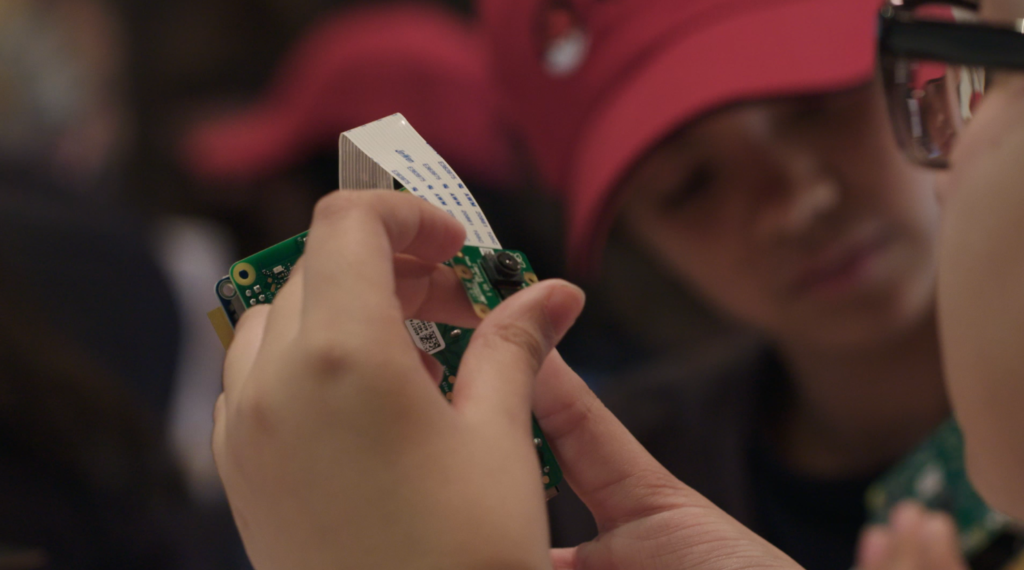
Goal 9: Industry, Innovation and Infrastructure and Goal 11: Sustainable Cities and Communities are further examples of the potential for open source collaboration taking place right now within FIWARE. Transparency and collaboration in data sharing among all stakeholders are key to delivering smart factories, often called Industry 4.0 or smart cities.
Industry 4.0 has the potential to greatly improve the efficiency of manufacturing, reducing material consumption, waste and harmful emissions. Smart cities offer safer, cleaner, more inclusive environments, providing a healthier and happier existence for those that live, work and visit the city.
In meeting Goal 12: Responsible Consumption and Production, children learn about the food computer, preparing them, in part, to work with the likes of FIWARE to scale to agrifood smart farming. Agrifood optimizes production by using modern farming methods sustainably, thereby increasing production, delivering the highest possible product quality and maximising ROI for farmers.
Smart farming makes use of a wide range of technologies, including Internet of Things (IoT) sensors, wearables, GPS services, UAVs and robots and drones operating in fields, which provide real-time data to systems helping to monitor production lines and support decisions. This sophisticated monitoring prevents waste and maximises operational efficiency.
Be inspired. To find out more about how Red Hat helps to deliver on the promise of the SDGs, visit Red Hat’s Open Source Stories.
IoT and artificial intelligence combating climate change
By Andrea Gómez, PhD, CMO, and Antonio Jara, CEO, HOPU
In the fight against climate change, evidence-based decision-making is crucial for effectiveness and economic accessibility through investment funds that guarantee regulatory compliance. HOPU, a FIWARE Gold member, uses AI and IoT devices to monitor impact, sustainability and the environment. HOPU has a service that simplifies available data in a unique indicator that contextualises, models and forecasts the environment for informed decision-making, based on its specific characteristics and management team.
HOPU integrates datasets from utilities, air quality, mobility, urban health and socioeconomics to validate every climate change action’s effectiveness. It provides high-quality data to show existing emission levels and to carry out mitigation actions. HOPU manufactures IoT-based monitoring devices called Smart Spots. These measure gases such as sulphur oxide and nitrogen oxide in specific areas and in real-time, detect toxic substances such as alcohol and volatile organic compounds (VOCs) and detect particulate matter (PM) to identify individual nanoparticles such as dust (PM10), pollens (PM10-PM40), pollutants (PM2.5) and viruses (<PM1).
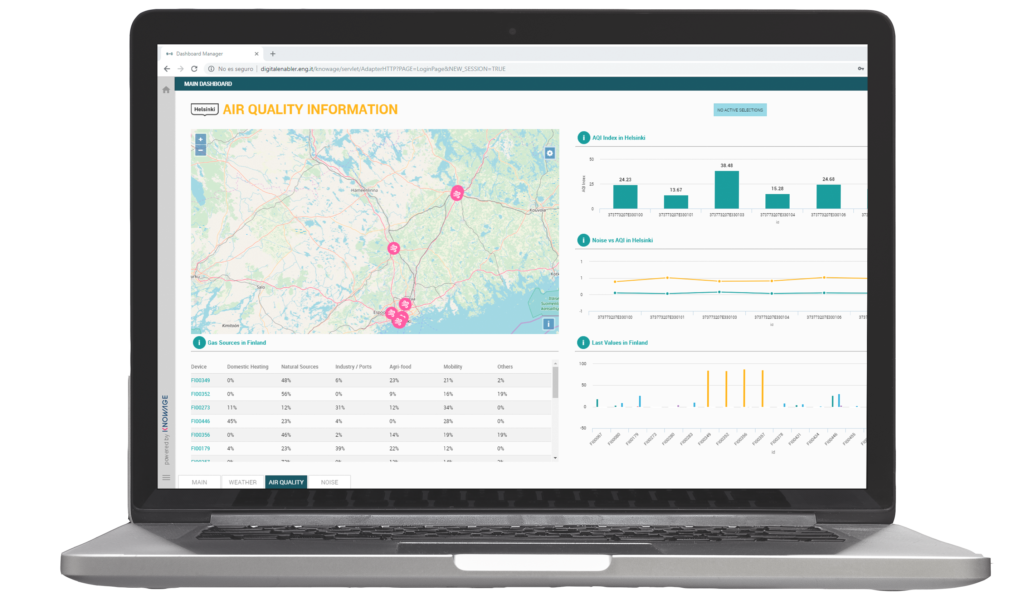
From smart cities to smart ports
The application domains of the HOPU solutions cover all types of smart sectors, including cities, ports, buildings and industry, and it is present in 35 European cities. In the smart ports domain, the indicator service offers a tool to evaluate environmental impact in order to help reduce it and identify potential improvement actions.
With regards to smart ports, HOPU is currently part of the FIWARE Challenge, supported by the Regional Government of Andalucia, with the APBA, the largest port of Spain in Algeciras, Cadiz, located at the strait of Gibraltar. The Algeciras Port project is based on 25 devices that monitor and improve its sustainability in the territory. They give the capacity to understand the origins of the pollution, gas zonification, VOCs and PM monitoring and the validation of the different sustainable actions.
The use of AI, based on recurrent neural networks (RNNs), understands the effects on cities’ air quality, the logistics impact and the sustainability of the so-called ports 4.0 in Europe. HOPU is also unlocking new opportunities with relevant ports such as the one in Cartagena in Murcia, Spain.
